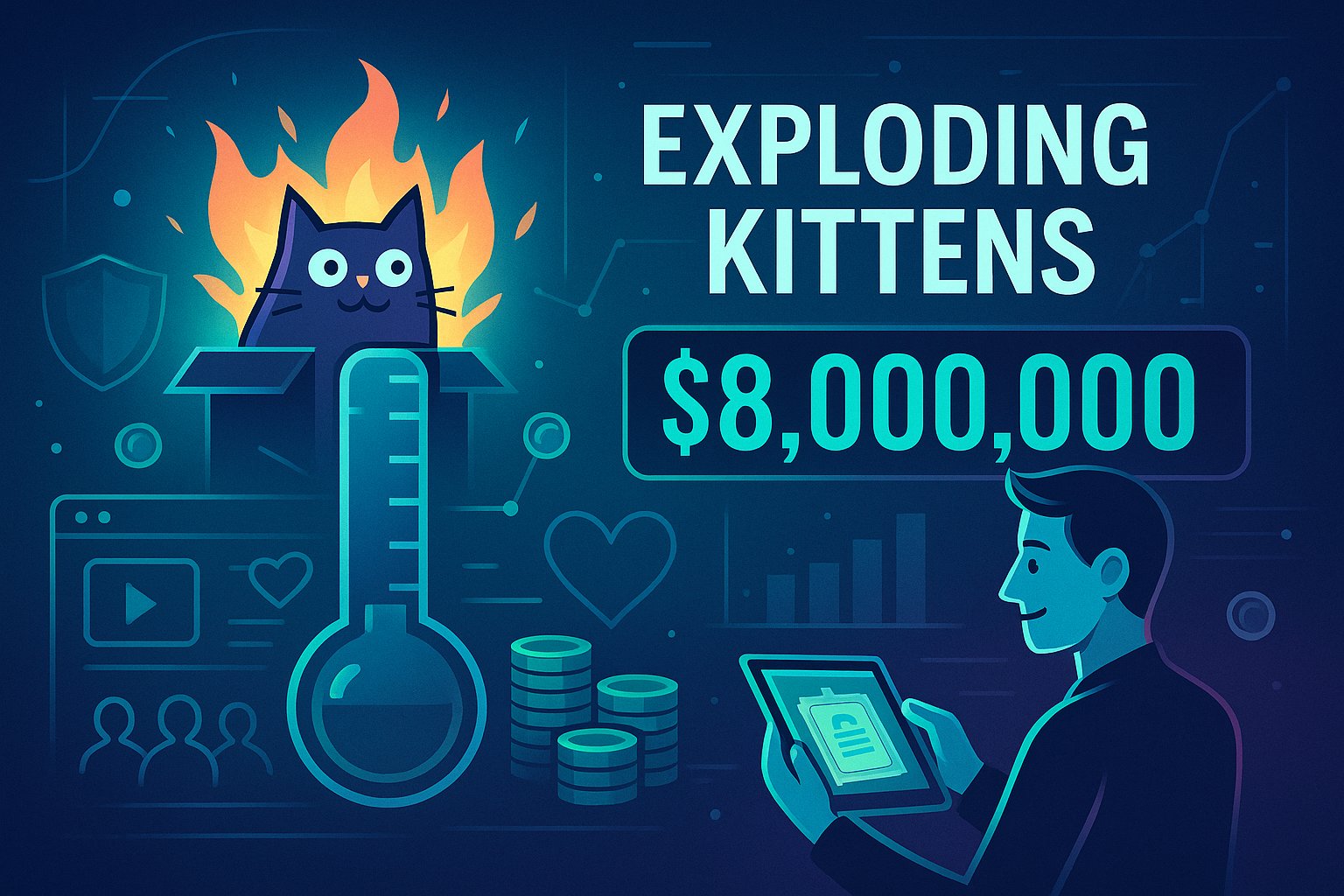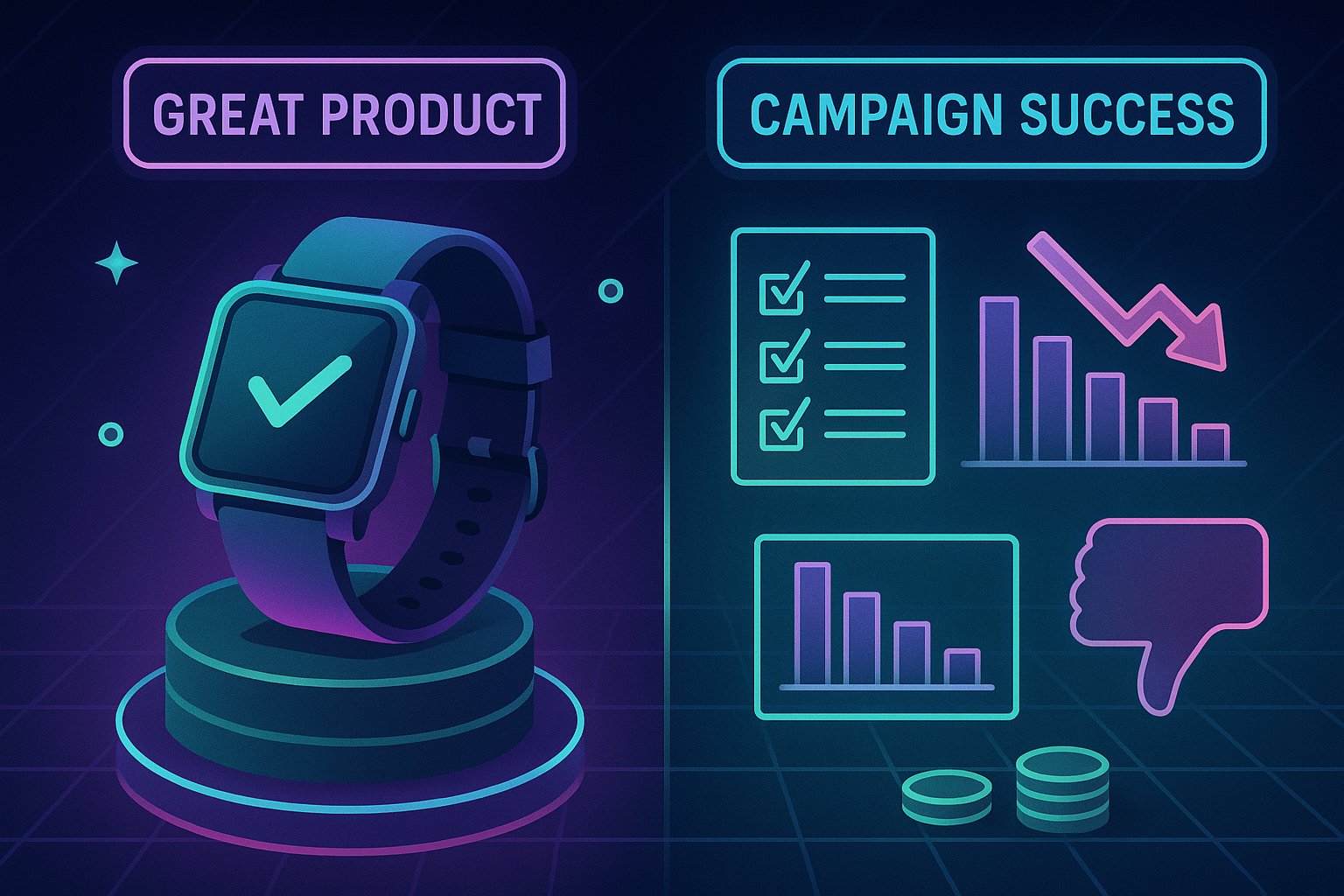Witnessing Unprecedented Momentum
On a brisk Black Friday morning, November 25, 2016, Kickstarter users logged in to witness history in the making. At exactly 12:00 PM PST, Adam Poots—creator of the critically acclaimed horror board game Kingdom Death: Monster—launched the sequel edition, Kingdom Death: Monster 1.5, and what happened next defied all expectations. In just nineteen minutes, the campaign became the fastest crowdfunding project ever to reach $1 million in pledges. For many observers, this meteoric surge seemed like an overnight phenomenon, but a closer look reveals a meticulously orchestrated campaign built on years of community cultivation, innovative design, and strategic marketing.
Raising $1 million in under twenty minutes was only the opening act. By the time the campaign closed on January 7, 2017, Kingdom Death: Monster 1.5 had amassed nearly $12.4 million from 19,264 backers, securing its place as the most-funded tabletop game in Kickstarter history at that time. This record-breaking success underscores the power of combining a passionate fanbase with carefully timed stretch goals, authoritative media outreach, and an unflinching commitment to production quality. Yet behind every pledge lies a strategic decision—from pre-launch engagement and prototype teasers to fulfillment assurances—that convinced backers to commit large sums almost instantaneously. In this deep dive, we unpack the essential ingredients of that campaign’s extraordinary launch, revealing actionable insights for creators aiming to emulate such explosive growth.
Crafting a Devoted Pre-Launch Community
The seeds of Kingdom Death: Monster 1.5 were sown long before the Kickstarter page went live. Adam Poots had nurtured a dedicated community since the original 2012 campaign, which raised over $2 million and demonstrated both commercial viability and fan enthusiasm. Post-launch updates, fan-made content, and active discussion boards kept engagement high between editions. As the 1.5 edition approached, Poots leveraged this foundation by opening private forums, sharing behind-the-scenes development videos, and offering exclusive prototype glimpses to his most loyal supporters. An email newsletter invited fans to join a VIP list, promising first access to campaign updates and limited-edition add-ons. This cultivated anticipation ensured that, when the campaign launched, a critical mass of pre-qualified backers was ready to pledge immediately—kickstarting the momentum needed to breach the $1 million mark in record time.
Designing an Irresistible Core Offering
A lightning-fast pledge rate demands more than a built-in audience; it requires an enticing core product that resonates deeply with backers’ passions. Kingdom Death: Monster 1.5 was not merely a reprint. It introduced sweeping changes to the original rulebook, extended the core campaign by five Lantern Years, and added sixteen new expansions—including the Gold Smoke Knight as the season’s final boss—each developed and pre-approved for production. By emphasizing that these updates had already entered production, Poots alleviated concerns about delays—a powerful signal of execution readiness. High-resolution imagery of intricately sculpted miniatures, coupled with narrative-driven descriptions of new gameplay mechanics, immersed fans in the world of Lantern Years. This depth of content communicated value far beyond the price point, justifying large pledges even before stretch goals entered the equation.
Orchestrating Strategic Stretch Goals
Once a campaign gains initial traction, well-timed stretch goals can transform wealth into sustained engagement. For Monster 1.5, Poots pre-defined an ambitious roadmap, teasing exclusive licensed crossovers—such as Pathfinder and Hyper Light Drifter pinups—to be unlocked at higher funding tiers. These revelations were scheduled at ascending pledge milestones, each tied to dramatic reveals that aired via livestream and platform updates. This cadence of excitement kept backers returning to the campaign page, sharing progress with peers, and upgrading pledges to unlock the next reward. As the $1 million milestone was eclipsed in under twenty minutes, Poots immediately revealed additional mechanics—like the Death Die, a d10 passed among players to dictate monster actions—and showcased upcoming narrative events, ensuring backers felt part of an unfolding epic rather than passive funders.
Leveraging Media Coverage and Algorithmic Boosts
Record-breaking campaigns attract press attention, propelling them into a virtuous cycle of visibility and pledging. Within hours of launch, gaming news outlets published features highlighting the campaign’s unprecedented pace and the depth of its design. Simultaneously, Kickstarter’s internal algorithms flagged Monster 1.5 as a “Trending Project,” placing it on the platform’s discovery pages and email rounds. This convergence of earned media and platform support drove waves of new visitors, many of whom converted into backers upon encountering the high-credibility signals of rapid early funding and professional production readiness. By coordinating press releases with key milestones—such as the $3 million mark in twelve hours—Poots maintained a newsworthy narrative that sustained attention throughout the campaign lifecycle.
Showcasing Production Readiness and Quality Assurance
For many crowdfunding skeptics, the crowning concern is whether creators can deliver on promises. Kingdom Death addressed this head-on by openly documenting the production pipeline. Regular updates detailed sculpting progress, mold testing, and manufacturer partnerships secured to handle tens of thousands of miniatures. Behind-the-scenes photographs of resin pours and quality inspections underscored the campaign’s operational credibility. Moreover, Poots shared contingency plans for shipping delays and customs hurdles, preempting common pitfalls that erode backer trust. By transparently navigating the manufacturing labyrinth, the campaign quelled investor anxiety, ensuring that the rapid influx of funds translated into expedited mass production rather than unfulfilled pledges.
Incentivizing High Pledge Levels with VIP Tiers
To maximize average pledge values, the campaign introduced VIP backer tiers—limited slots offering personalized extras such as named miniatures, hand-drawn art prints, and invitations to exclusive Kickstarter-only events. These premium tiers sold out within minutes, contributing disproportionately to the $1 million milestone. By capping VIP availability and emphasizing scarcity, Poots tapped into backers’ fear of missing out (FOMO), transforming passive interest into urgent action. Meanwhile, mid-tier rewards—complete expansions bundles and early shipping guarantees—appealed to general enthusiasts, balancing exclusivity with broad appeal. This carefully tiered structure ensured that pledges flowed steadily across the campaign page, preventing funding plateaus that can stall momentum.
Building Community Momentum Through Interactive Updates
Beyond static stretch goals, Monster 1.5 harnessed interactive elements to deepen community involvement. Polls invited backers to vote on optional game rules or cosmetic variants, reinforcing a sense of co-creation. Live-streamed Q&A sessions with Adam Poots allowed supporters to ask questions in real time, fostering rapport and transparency. Social media hashtags (#KDMon15) aggregated fan-generated content—painting tutorials, fan art, and playthrough videos—creating an organic buzz that extended beyond Kickstarter’s walls. By positioning backers as active participants rather than mere financiers, the campaign transformed funding into a shared journey, amplifying word-of-mouth promotion and accelerating pledge velocity toward the $1 million benchmark.
Sustaining Engagement Post-Milestone
Surpassing $1 million in nineteen minutes was a spectacular feat, but the campaign’s designers understood that true success depends on sustained engagement across its 44-day run. Following the initial surge, updates shifted toward deep-dive articles on new expansions, scenario reveals, and strategic gameplay insights. These posts maintained audience interest and provided multiple entry points for latecomers. Regular countdown timers to new reveals injected urgency, while detailed FAQs addressed logistical and rule-based queries. This dynamic content calendar ensured that, even after the headline-grabbing first day, backers remained invested—both emotionally and financially—culminating in a final pledge total of $12,393,139 and firmly cementing Kingdom Death: Monster 1.5 as a crowdfunded landmark.
Key Takeaways for Aspiring Campaigners
The astonishing nineteen-minute sprint to $1 million by Kingdom Death: Monster 1.5 offers invaluable lessons for any creator seeking rapid crowdfunding success. First, cultivate a robust pre-launch community through sustained engagement and exclusive previews. Second, design a core product offering that delivers undeniable value and communicates production readiness. Third, orchestrate stretch goals and VIP tiers to maintain momentum and maximize pledge averages. Fourth, leverage media coverage and platform algorithms to amplify visibility at strategic milestones. Finally, prioritize transparency around manufacturing, logistics, and contingency planning to build and preserve backer trust. By integrating these elements into a cohesive campaign strategy, creators can replicate the conditions that turned Monster 1.5 into an unrivaled crowdfunding phenomenon.
Conclusion: Engineering Your Own Breakthrough Moment
While few campaigns will replicate the exact scale of Kingdom Death: Monster 1.5, the principles underlying its record-setting pace are universal. Meticulous preparation, community collaboration, polished storytelling, and operational transparency create the foundation upon which explosive momentum can build. Crowdfunding is as much about orchestrating experiences as it is about raising capital: each update, reveal, and invitation to engage draws backers deeper into your project’s narrative. As you plan your next campaign, remember that the “overnight” achievements you admire are often the product of months—or years—of groundwork. By embracing these strategies, you position your project not merely to meet funding goals, but to forge enduring bonds that drive sustainable growth well beyond the Kickstarter platform.




